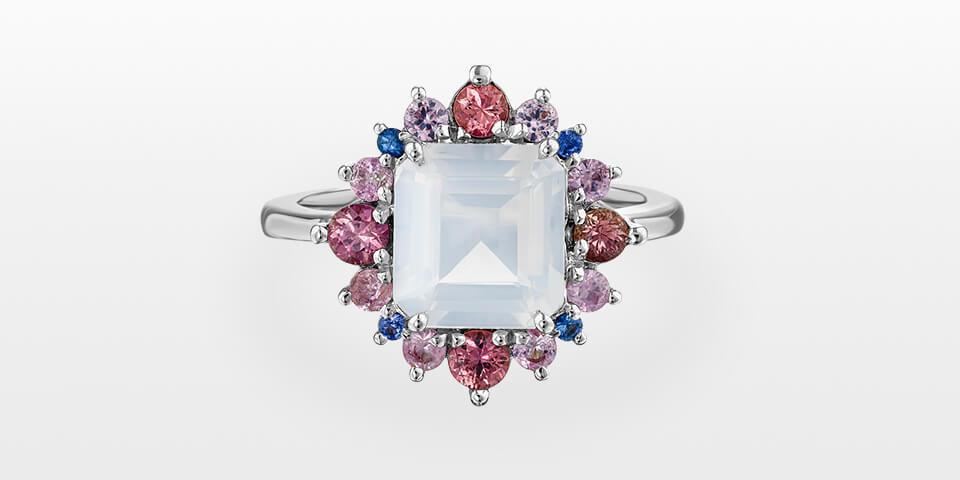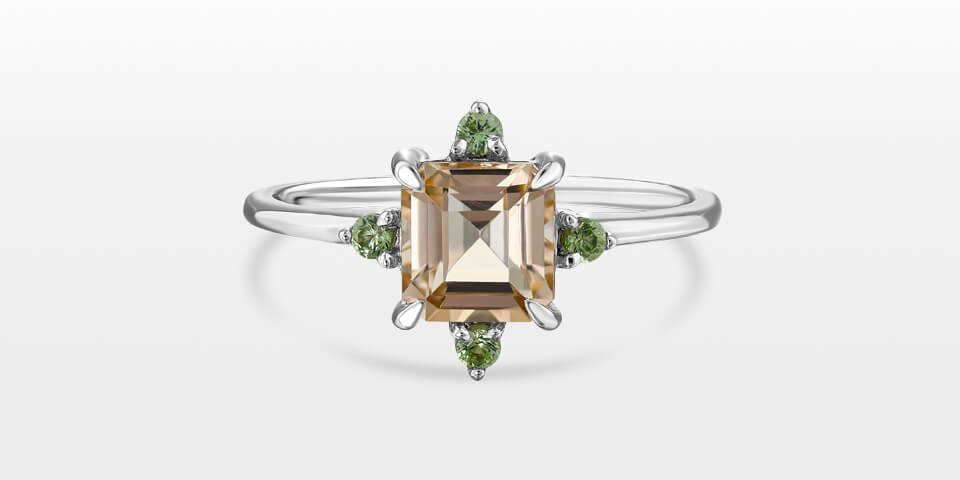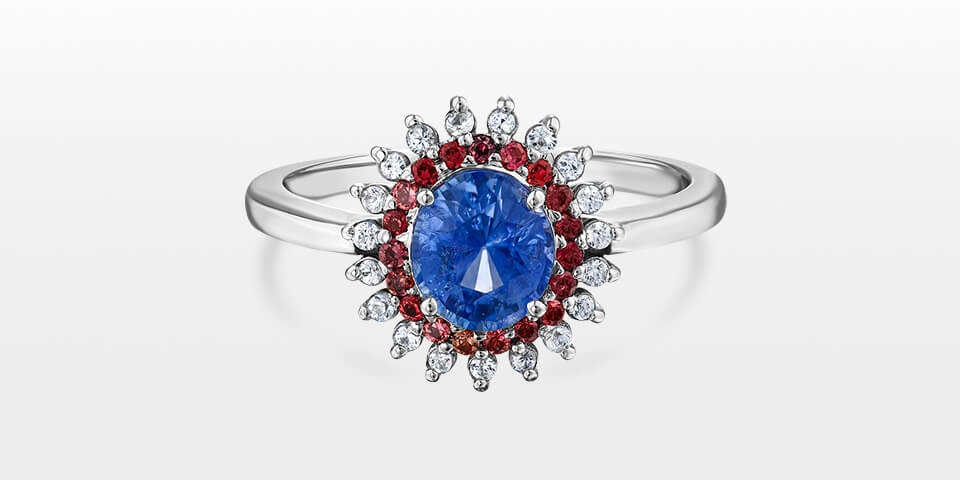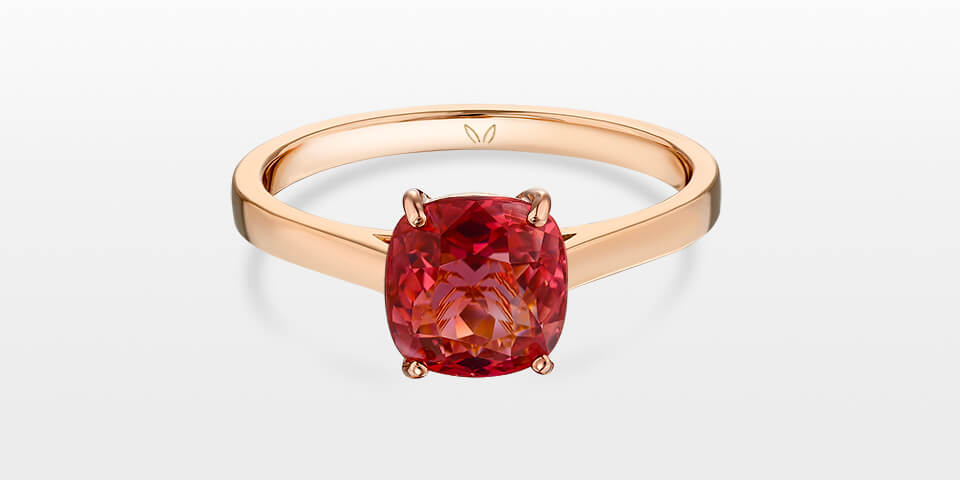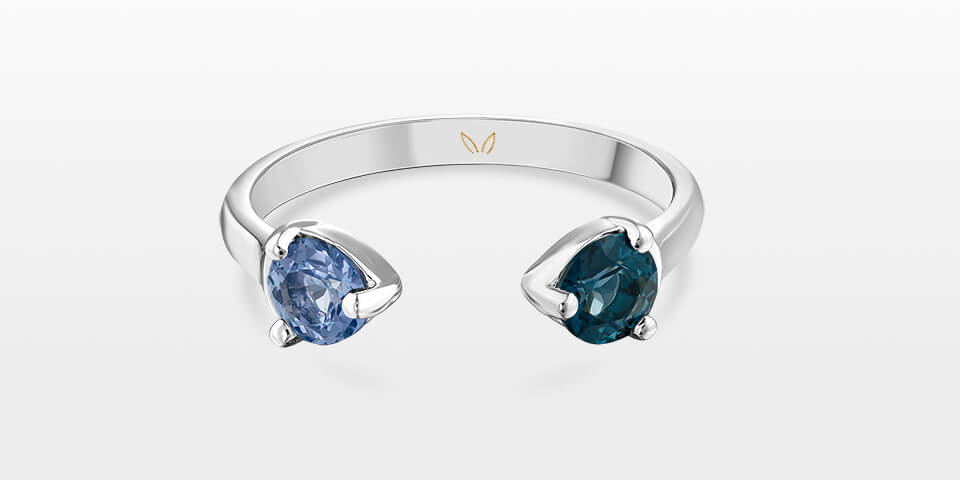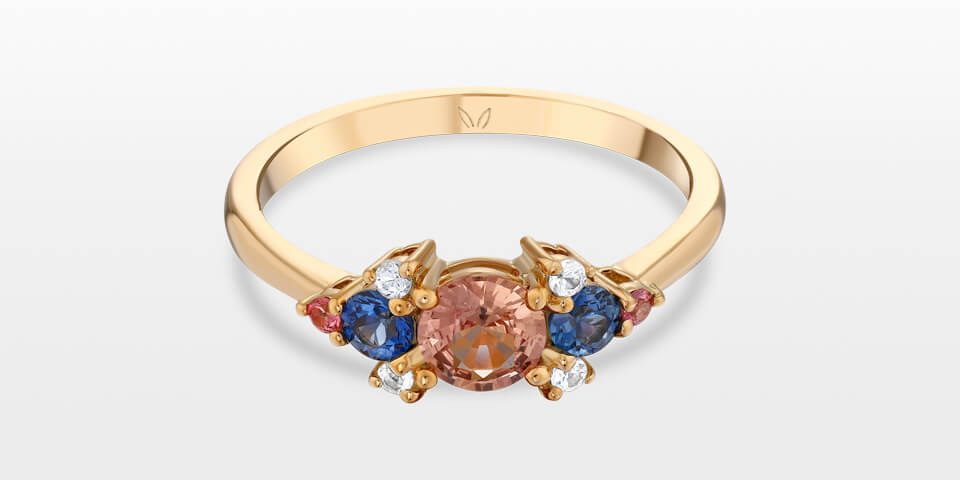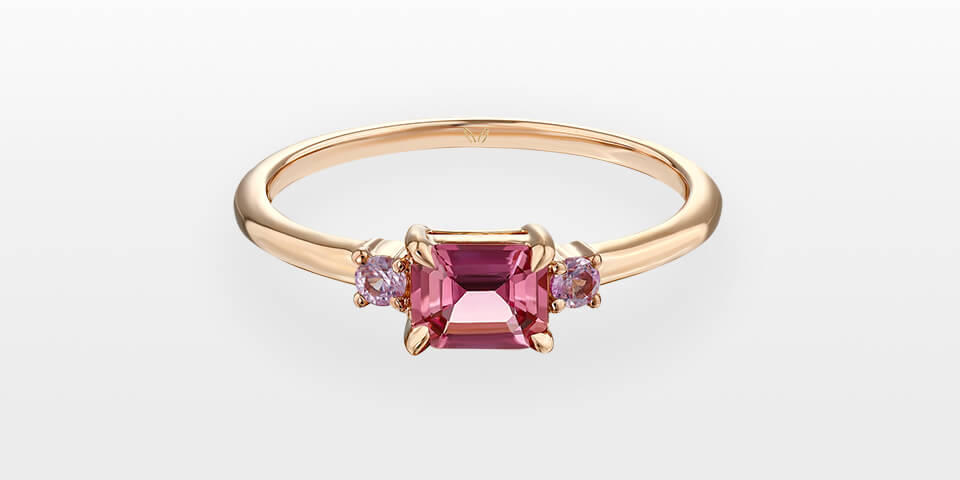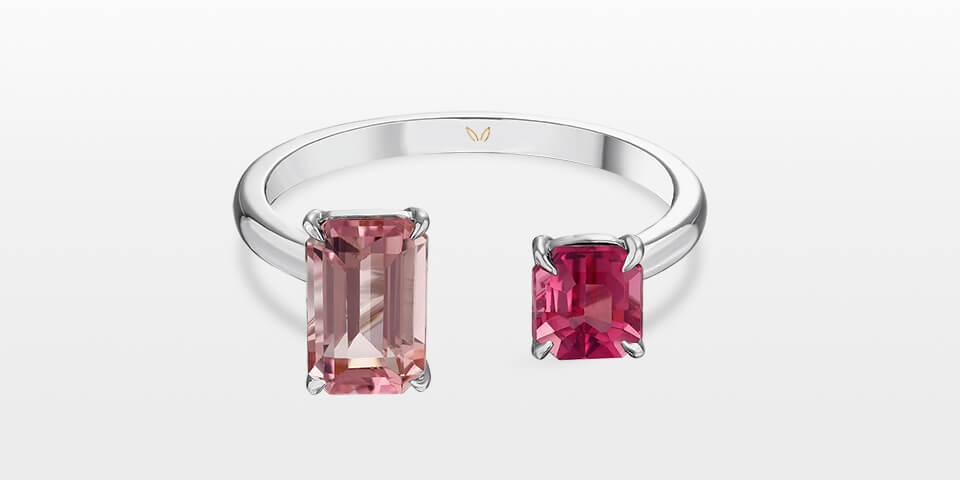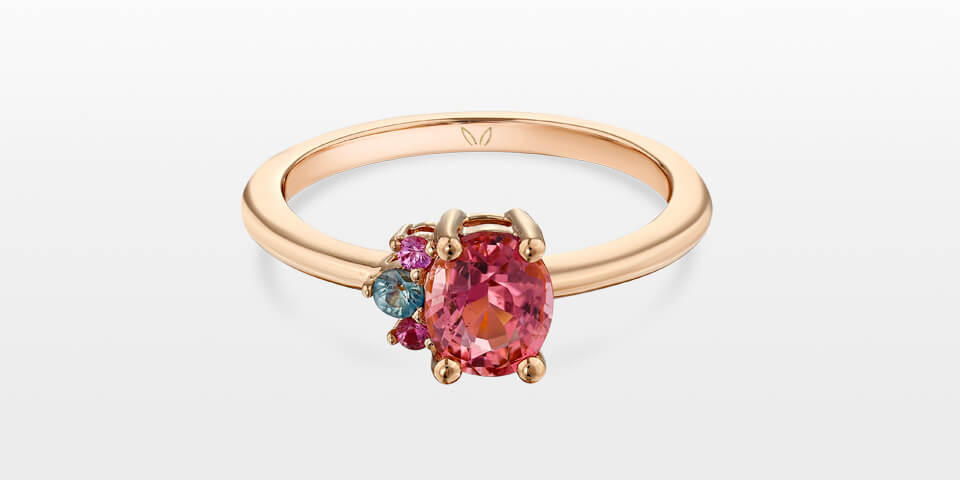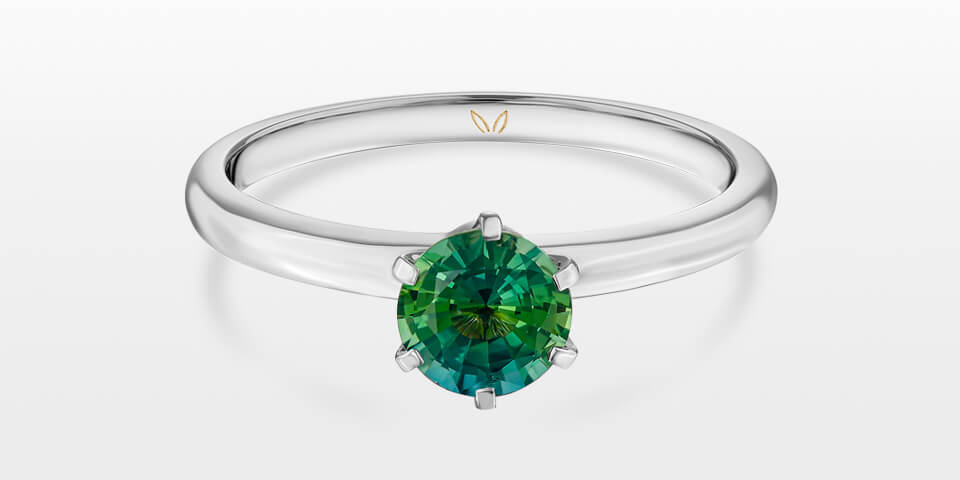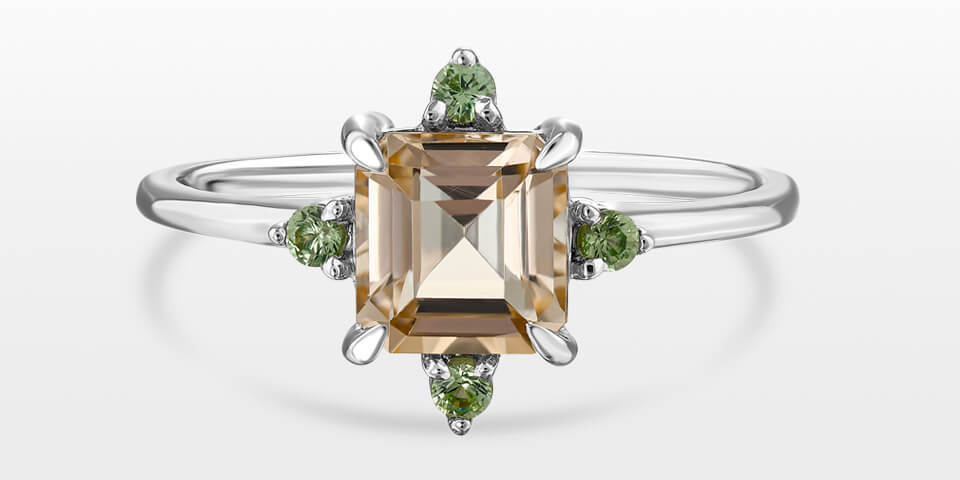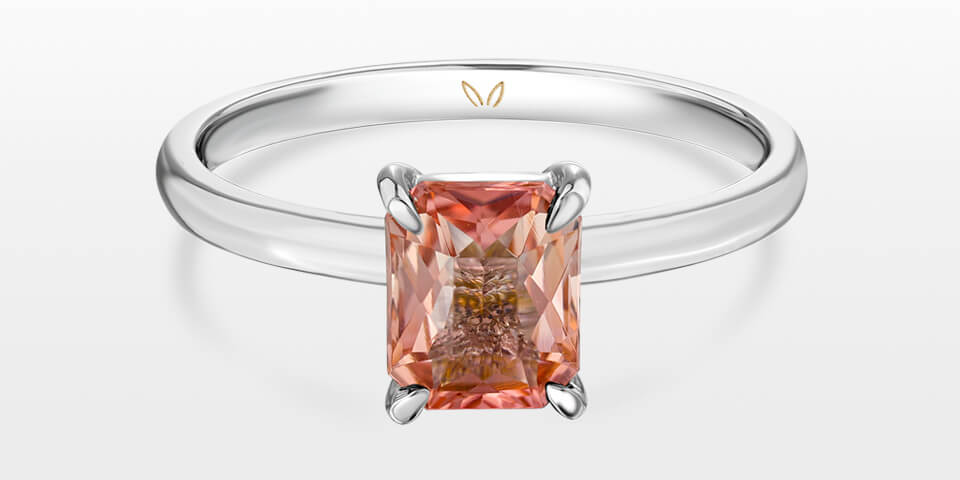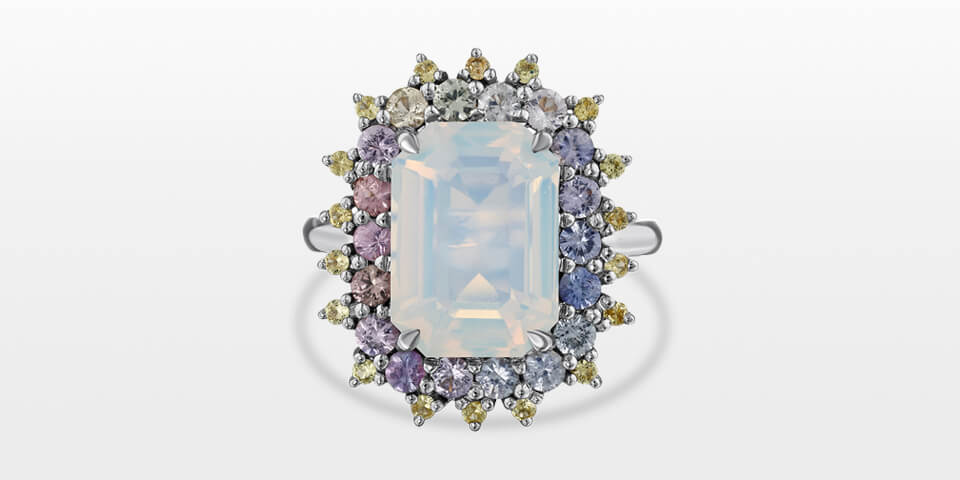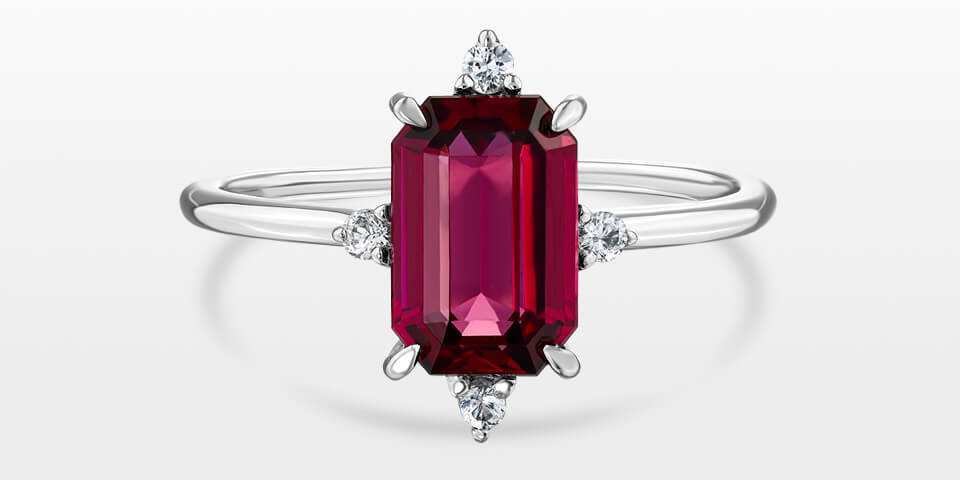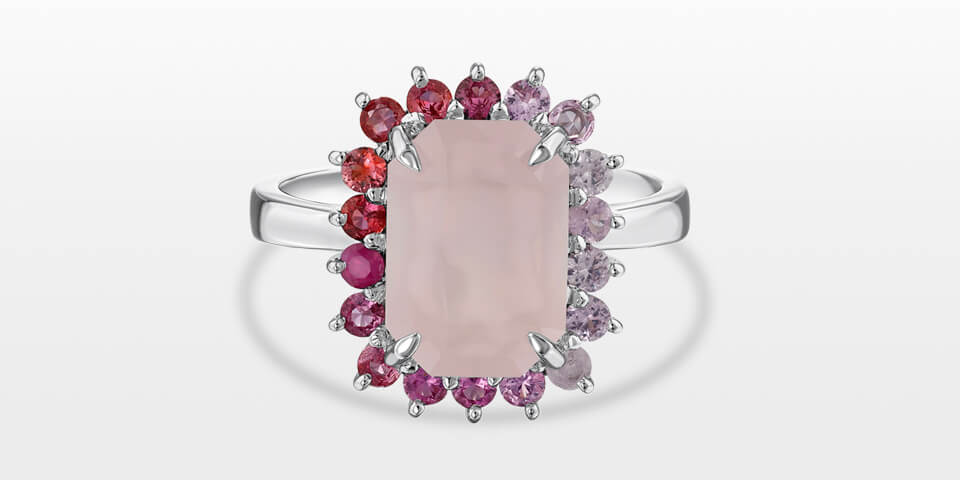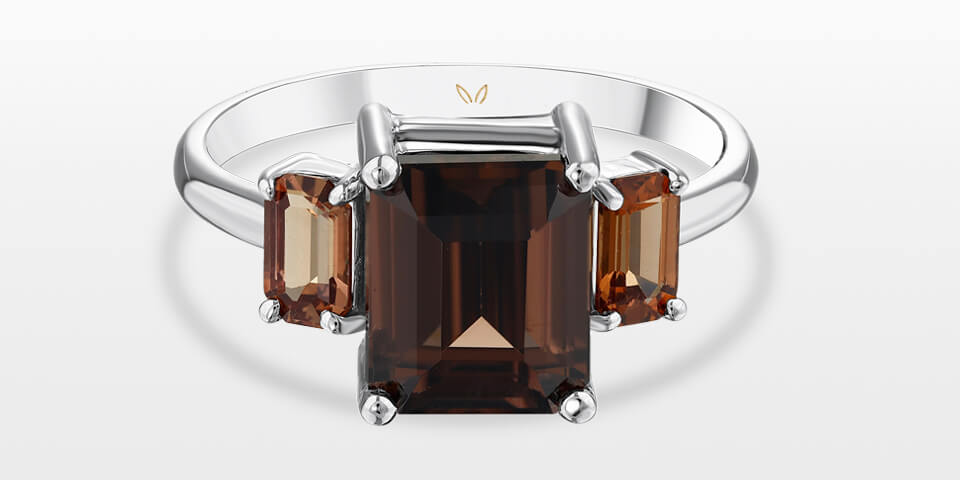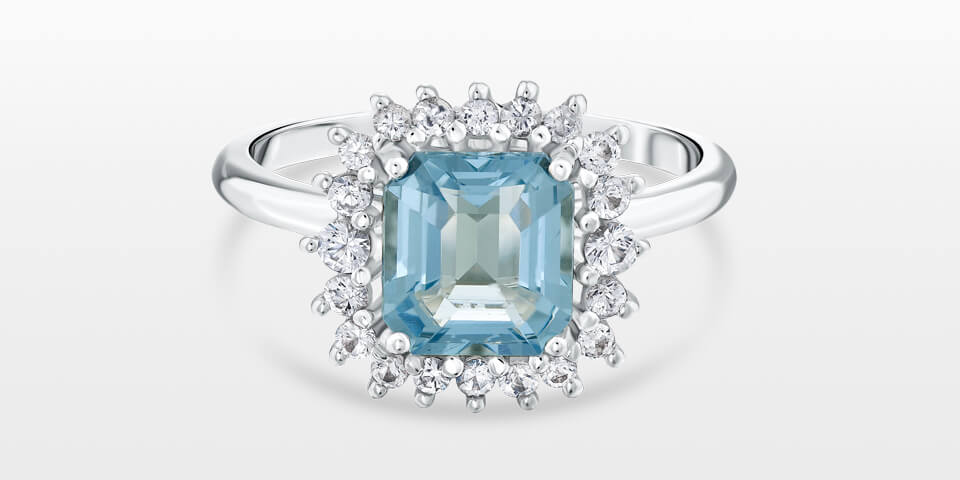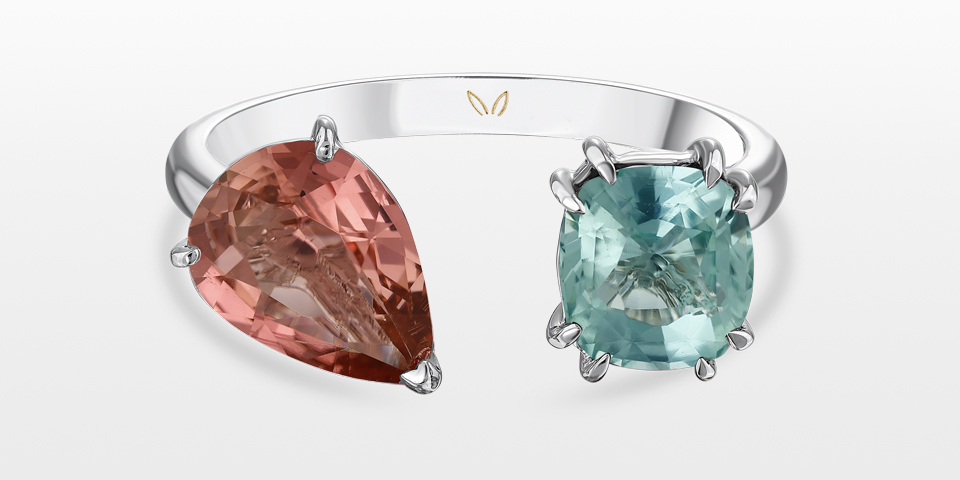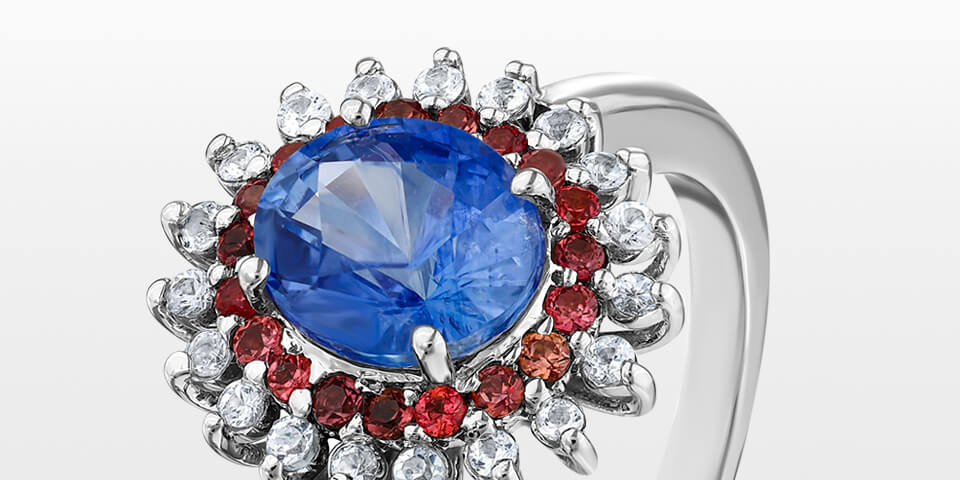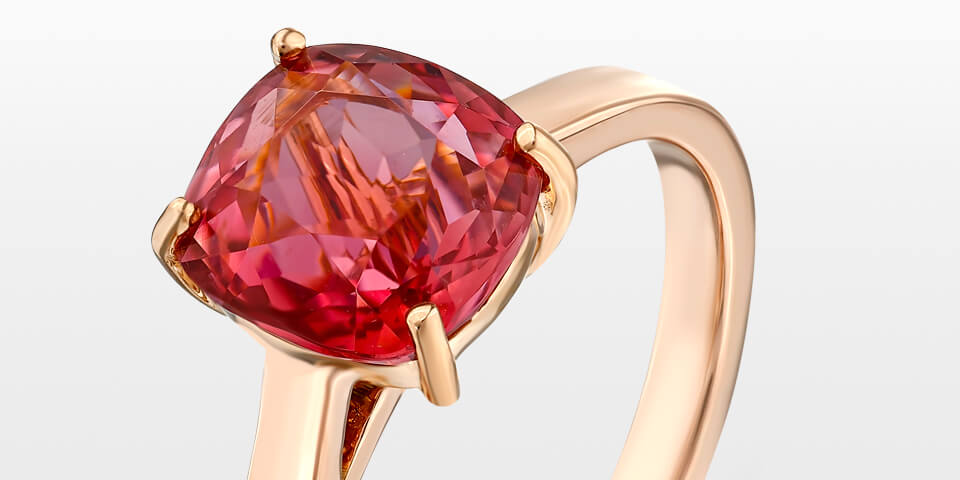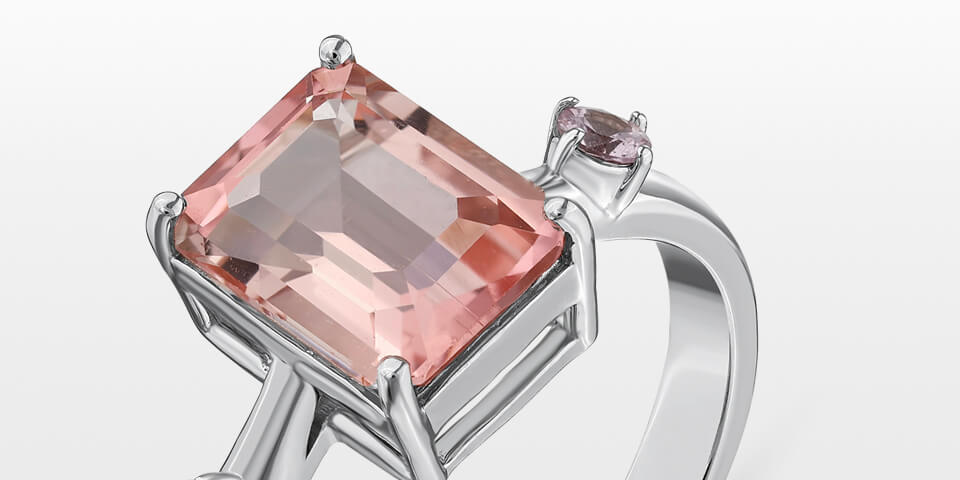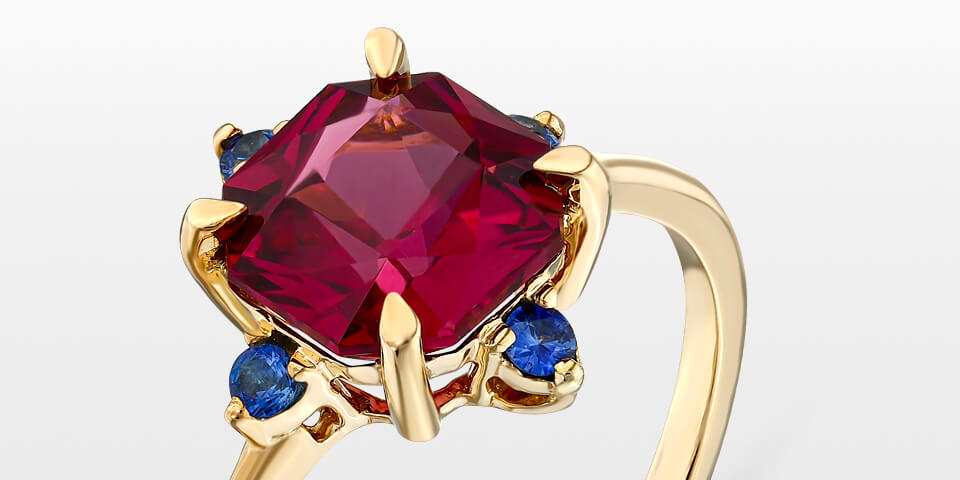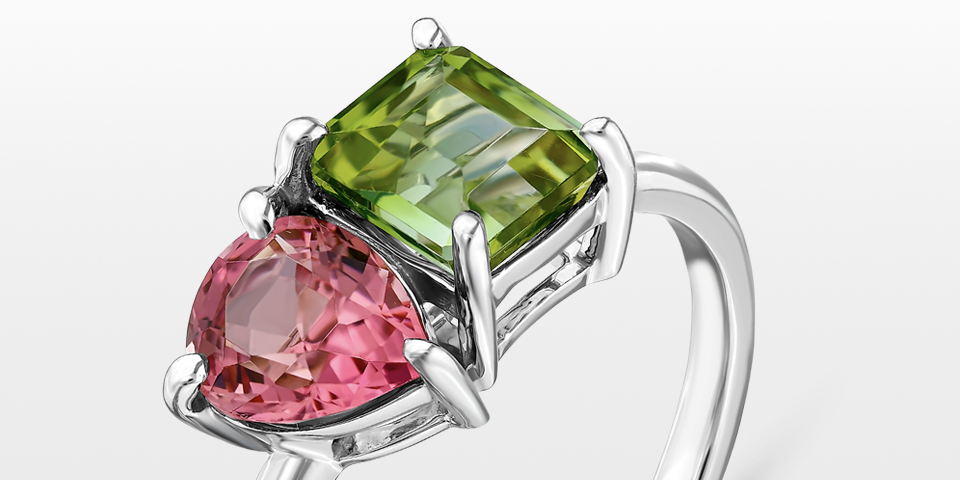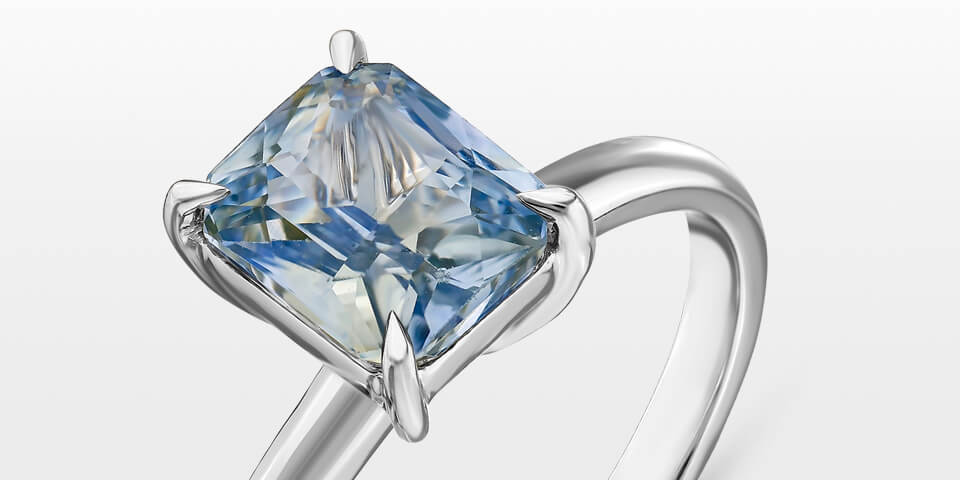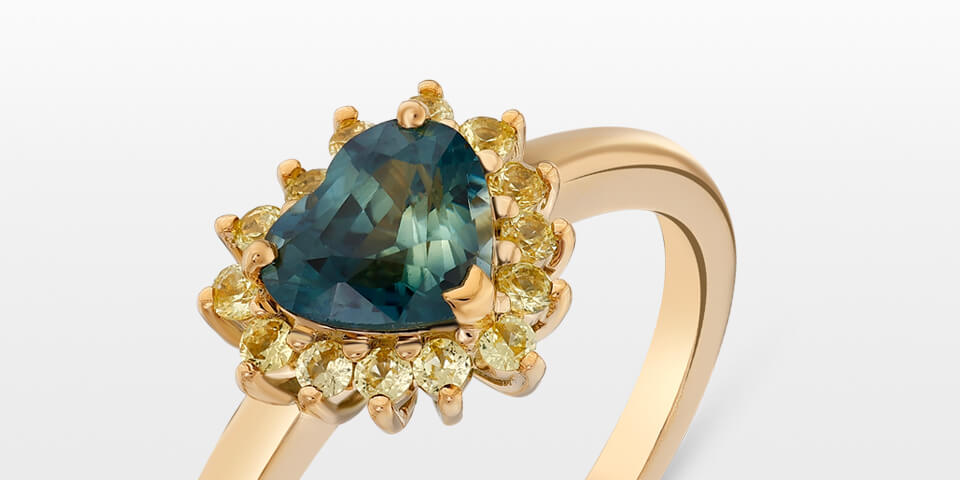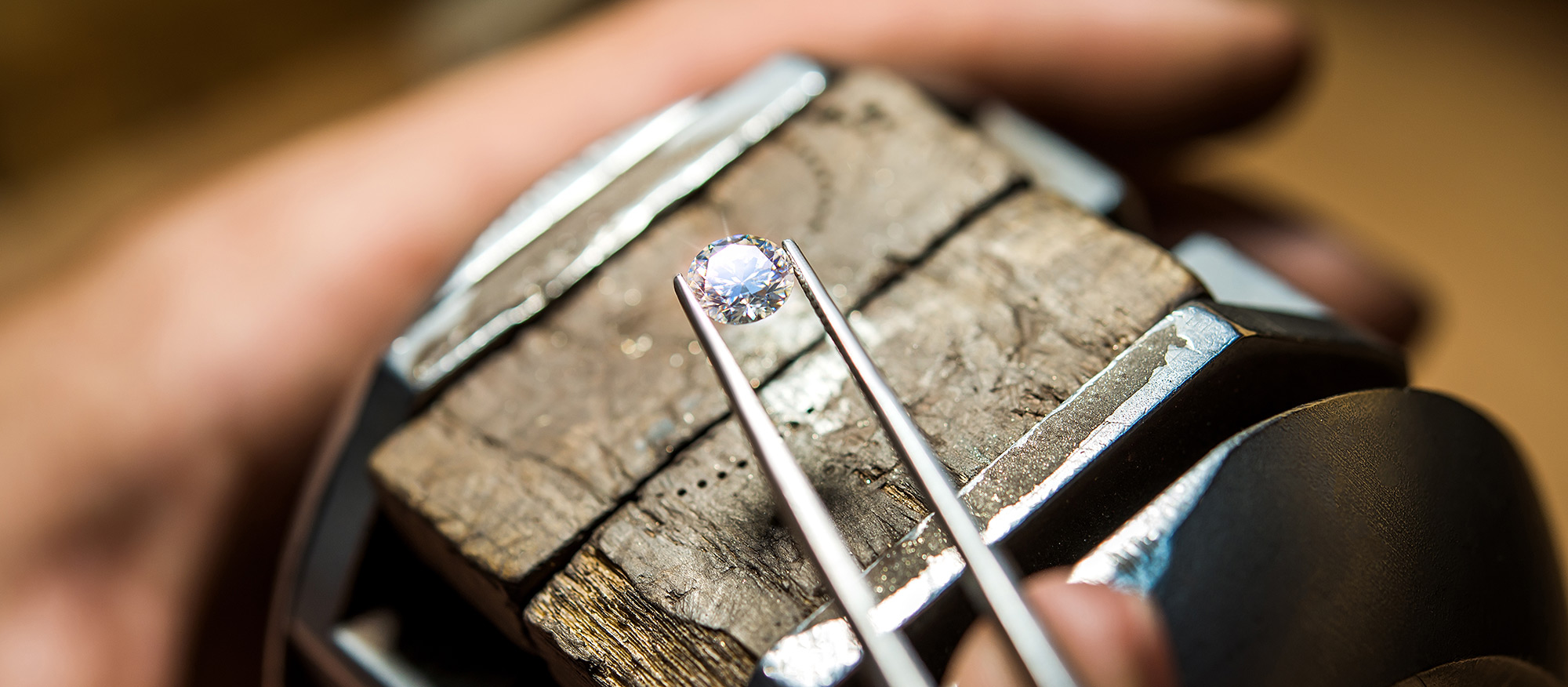
Combining a number of factors will determine the cut that is used on a specific piece of gem rough. The rough's shape, the location of its flaws, its cleavage, the best orientation for displaying the stone's color, and whether the stone is translucent or opaque can all be listed as contributing factors.
What are the Polished Stones?
A "polished stone" can be anything from a flat-sided, polished piece of opaque gem material used as a pendant to the finely carved, intricate cameo.
How to Reshape a Gemstone?
Cutting Techniques
All lapidary processes involve the fundamental steps of sawing, grinding, and polishing. Each of the three steps, however, calls for particular knowledge and equipment. A gem cutter's ability to perform all three is not unusual.
Choice of Rough
The characteristics of a gem rough are chosen, including color, size, clarity, shape, and lack of inclusions, fractures, and flaws. If there are any flaws, the cut is positioned to hide them as much as possible.
Choice of Cut
The final stone's desired color and brilliance are taken into consideration when selecting the cut, as well as the rough stone's shape. The rough is sawn to the basic shape of the stone or to provide the crown facet, a table facet on the top half of the stone.
Faceting Begin:
Correctly angled and positioned facets produce the most brilliant shine. First, the larger facets are cut. There are eight on top and eight on bottom in a brilliant cut. Usually, the crown is faceted last, then the pavilion.
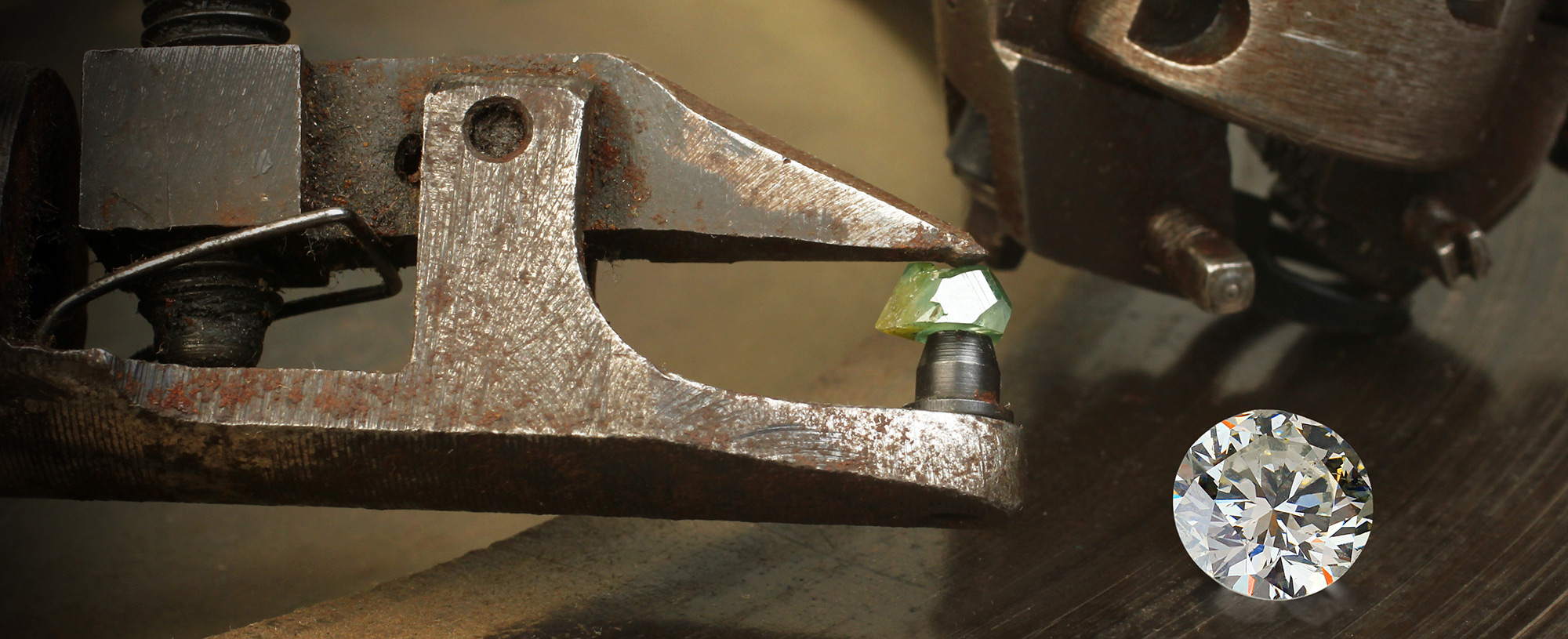
Further Faceting
Around the larger facets on the crown at the top and the pavilion at the bottom, additional smaller facets are added. There are 40 of these smaller ones on a brilliant cut. To maximize its optical performance, each facet is cut.
Finished Off
The gem is polished to improve its luster and remove any cutting scratches after the last of the final facets have been cut. This step can be completed before or after faceting, which is how most cutters prefer to do it.
